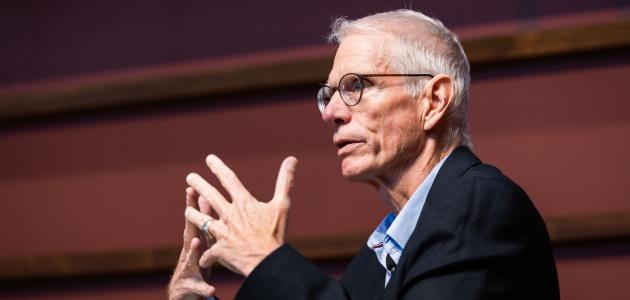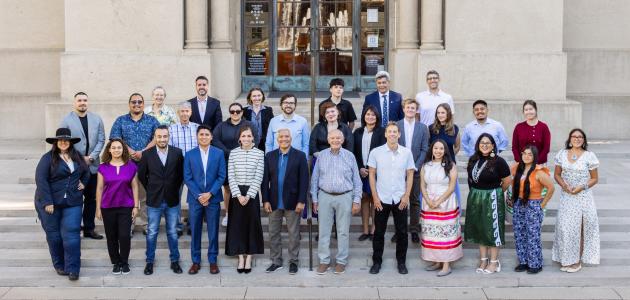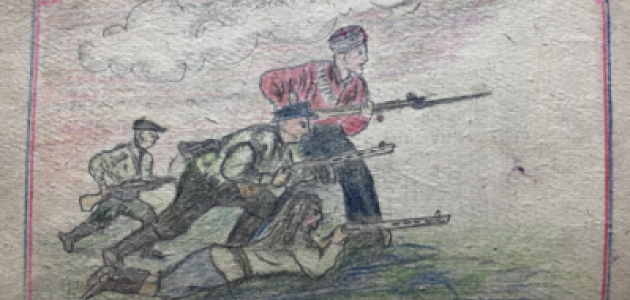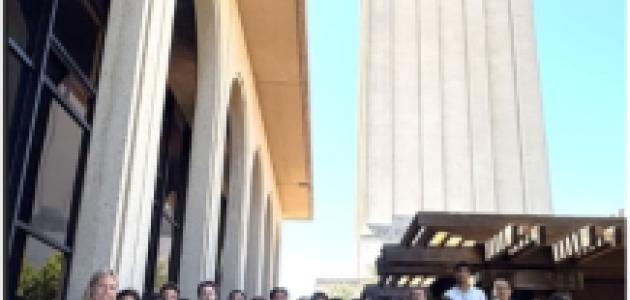The third wave of the Stanford University/Hoover Institution/Knowledge Networks (S/H/KN) internet poll conducted during the final days leading up to the election shows that Democratic voters are becoming more interested in the election and are likely to turn out in large numbers in tomorrow's special election. As a result, the propositions supported by Governor Arnold Schwarzenegger that previously led now are too close to call.
The new S/H/KN survey, which was conducted November 3 to November 6, shows that 44% of the likely voters are now Democratic, compared to only 34% in the late October poll, indicating increased interest in the special election among Democratic voters. The new poll shows that Democrats are now closely following the election, 51% in the most recent poll compared to only 38% in the late October poll.
The latest poll results show Proposition 74 (teacher tenure) slightly behind, 46–54, a reversal from the late October poll. The difference is still within the sampling error of the poll. Proposition 75 (public employee union dues), which formerly had a comfortable lead 64–36, is now only slightly ahead at 52–47, but is still too close to call. Proposition 76 (state budget process) still trails by double digits, now 34–66. Finally, Proposition 77 (redistricting) is now behind by 40–60.
Four other propositions appear on the November 8 ballot. Proposition 73 (parental consent), which had a significant lead at 58–42, now trails 44–56 as Republican support for the measure has dropped from 76% to 68% and as Democratic support for the measure dropped from 39% to 23%. The two propositions that address prescription drugs show virtually equal levels of support and opposition and have not changed substantially since the late October poll. Proposition 78, supported by the pharmaceutical companies, stands at 49–51, while Proposition 79, supported by consumer groups, stands at 49–51. Proposition 80 (regulating electric service providers) trails 37–63.
The S/H/KN internet polls differ from conventional telephone polls in having respondents fill out a replica of the actual ballot. This procedure offers more anonymity and a closer resemblance to the choice people actually face in the voting booth. It results in fewer undecideds than are recorded in conventional polls.
The study results and survey questions are available at http://www.knowledgenetworks.com/ganp/.
Appendix to the News Release
for the Stanford University/Hoover Institution/Knowledge Networks Poll of the November 8, 2005 California Special Election
November 7, 2005
Methodological Note
The third wave of the Stanford University/Hoover Institution/Knowledge Networks poll was conducted between November 3 and November 6 using the Knowledge Networks web-enabled panel, which provides a representative sample of Californian households (see http://www.knowledgenetworks.com/ganp).
Of the 1,089 adults invited to participate in the survey, 539 (49%) completed the survey in time for inclusion in the analysis. Of these 539 cases, 389 (72%) reported that they definitely intend to vote. The analyses presented in this report are based on the interviews with these 389 respondents.
The sampling margin of error for the total sample of 389 likely voters is 5 percentage points.
The survey results were weighted to U.S. Census population benchmarks for adults residing in the State of California in terms of age, race/ethnicity, education obtainment, and urban/rural.
For Media Queries:
David W. Brady, Senior Fellow and Associate Director of Research, Hoover Institution, Stanford University, at (650) 723-9702 or brady@hoover.stanford.edu. Morris Fiorina, Professor of Political Science and Senior Fellow, Hoover Institution at (650) 723-0254 or mfiorina@stanford.edu.
For more information, contact J. Michael Dennis, Vice President and Managing Director, Government and Academic Research, at: (650) 289-2160 or mdennis@knowledgenetworks.com












